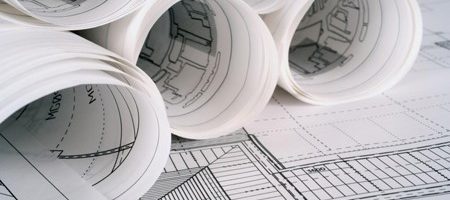When it comes to life safety plans for your facility it is important to remember that these plans also impact various disciplines. Having incorrect or outdated information could result in spending budget funds needlessly. Having the correct information on your life safety plans is necessary for your facilities department to maintain the proper areas of your building and to remain in compliance with codes.
Some examples of areas in which there may be a maintenance impact include fire and smoke doors, fire/smoke dampers, and fire-rated/ smoke barriers.
Some examples of discipline impact may include plumbing, electrical, HVAC, and IT. These all require knowing where fire-rated/smoke barrier locations are to ensure that penetrations are sealed properly. Since health care facilities are always changing, having up to date plans during renovations and construction is essential for understanding a building’s egress flow and possible ILSMs issues that could arise.
In order to be complaint with The Joint Commission, your facility’s life safety drawings must meet the following requirements:
- Noted Approved Equivalencies
- A legend with identifiable Fire Life Safety features
- Fire-rated barrier locations
- Smoke Compartment /Smoke Barrier Locations
- Type of suite, locations and sizes
- Chute locations
- Hazardous area locations
- Shaft locations
- Areas of the extent of sprinkler protection
These plans should be part of the working documentation for your facility and should also be easily accessible when requested.

